Advanced Dental Technology
Life-Changing Results Using the Latest Technology
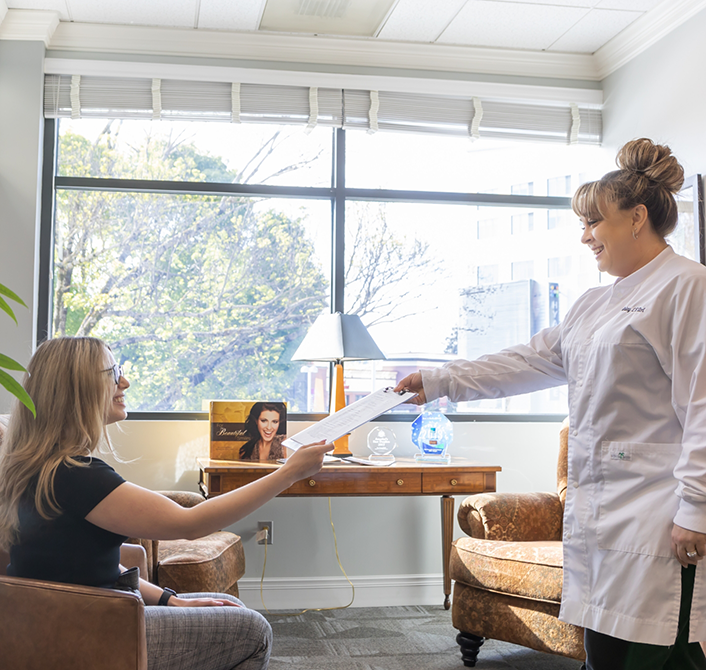
Dr. Sutter is no stranger when it comes to using the latest, most advanced dental technology in his office. He is deeply invested in providing the highest quality of care, and one of the ways he’s able to deliver on that promise is by equipping the office with instruments like our TENS unit, T-Scan occlusal analysis system, and cone beam CT scanner. With this advanced diagnostic and treatment technology, Dr. Sutter is able to offer answers that many other dental professionals simply aren’t able to.
Intraoral Cameras
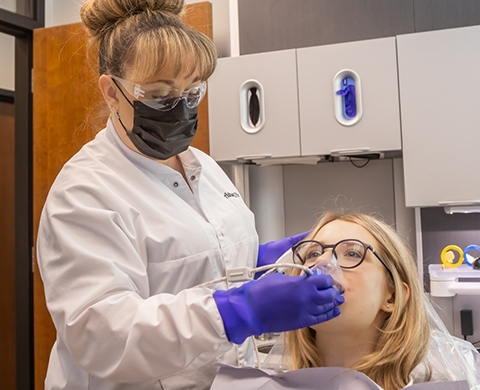
Our intraoral cameras allow our team to take a closer look at hard-to-see areas of the mouth during dental checkups and examinations. It’s a small, pen-shaped device with a camera at the end of it that can capture still photos as well as live video footage. Our hygienists or Dr. Sutter can then display those images on a large chairside monitor, allowing you to gain clarity about any diagnoses we make courtesy of a clear visual resource to what we’re talking about.
All-Digital Dental X-Rays
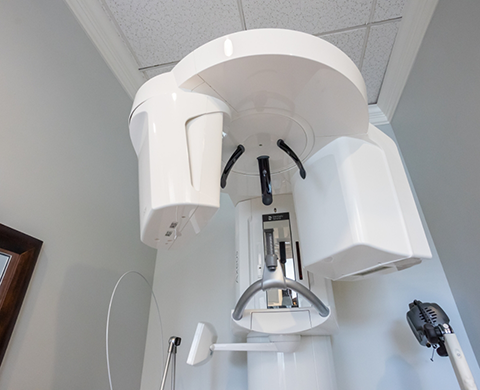
In the past, film X-rays were the preferred diagnostic imaging method, as they allowed dentists to gain a unique view of the underlying structures of the mouth. Today, we use modern digital methods of capturing these images that emit a fraction of the radiation, making them safer, faster, and clearer. Digital dental X-rays provide us with the visuals we need to diagnose oral infections, tooth decay, tumors, and more.
3D Cone Beam Imaging
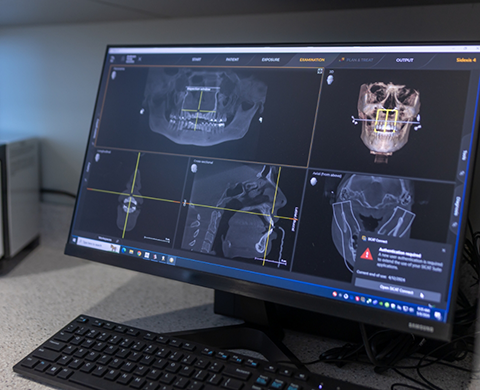
Our cone beam CT scanner takes diagnostic imaging to a whole new level. Within less than 30 seconds, this device is able to capture a 3D, complete image of the facial and oral anatomy, allowing Dr. Sutter to view the jaws, joints, facial nerves, sinuses, and more. These scans are especially helpful when it comes to diagnosing functional issues like sleep apnea and TMJ disorder, as well as planning surgical treatments.
LightScalpel® Soft Tissue Laser Dentistry
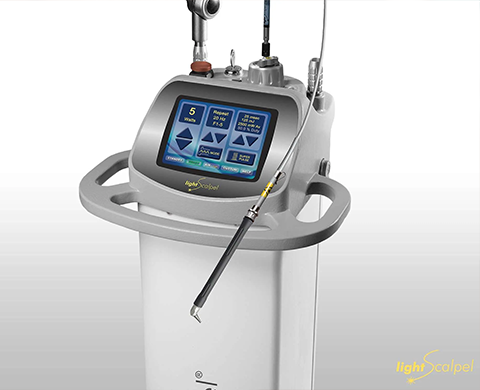
Treatment for severe gum disease often involves a scalpel and sutures, but not at Smile Institute. We utilize an advanced piece of dental technology, our LightScalpel soft tissue laser, to effortlessly and precisely remove severely infected gum tissue, only leaving the healthy tissue behind. Because it cauterizes the area on-contact and kills bacteria, patients are able to enjoy reduced recovery times as well as less post-operative discomfort.
Jaw Tracking
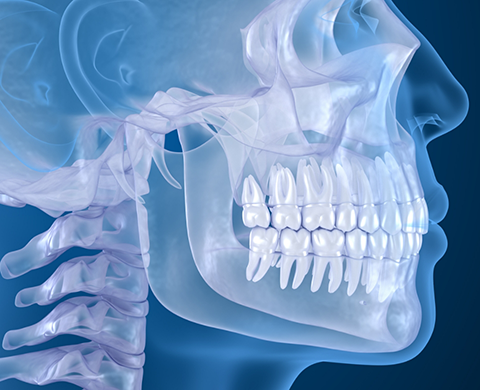
A misaligned bit is often the cause of a number of TMJD symptoms, like chronic headaches, jaw pain and tension, neck pain, and more. Our jaw tracking technology can be used to determine what the proper position of the jaw is and use treatments like occlusal splints and adjustments to help it rest there. As a result, many patients are able to reduce the strain on their joints and facial muscles, ultimately stopping their pain.
Multiwave Locked Laser Dentistry
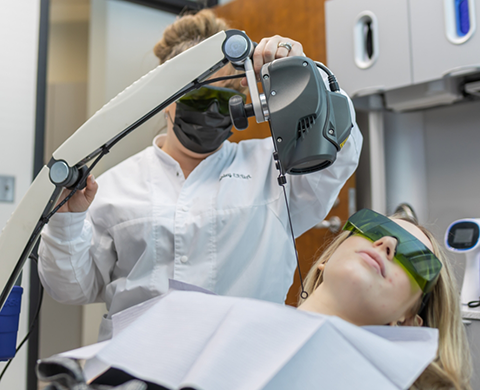
Multiwave locked laser therapy allows us to utilize a laser to reduce ongoing pain and inflammation due to TMJ disorder. It’s a wonderful alternative to injections and other invasive treatments and is painless, drug-less, and completely noninvasive. We’ll expose the problem area to the multiwave locked laser to increase blood flow to the area to help the muscles relax and reduce any inflammation. This treatment can be used for both long- and short-term relief.
Joint Vibration Analysis
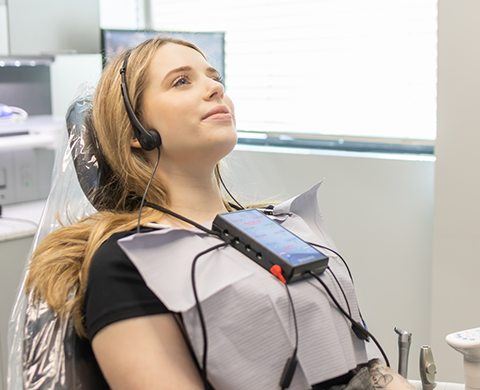
Your mandible (lower jaw) is anchored to your skull via two joints on either side, called the temporomandibular joints. When these are strained and not functioning properly, it can lead to chronic discomfort and difficulty opening and closing your mouth. Joint Vibration Analysis (JVA) allows us to measure and document the health of these two joints by having you open and close your mouth. With the information it gathers, we can diagnose problems with the joints that allow us to put together a comprehensive treatment plan by addressing underlying issues.
EMG – Electromyography
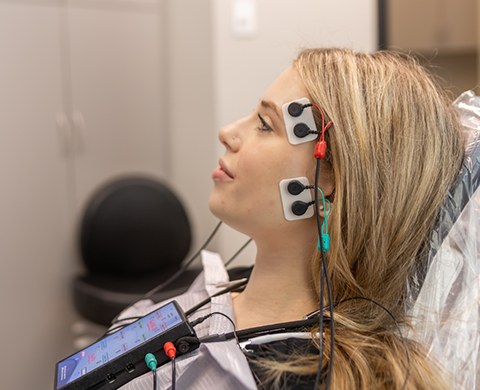
Electromyography, or Electronic Muscle Graphing (EMG), is a completely pain-free and non-invasive diagnostic instrument that allows us to muscle the resting, clenching, chewing, and swallowing state of your jaw muscles. With this information, Dr. Sutter can devise a treatment plan to balance the muscles during these actions, helping to relieve any pain that you may feel while doing them.
TENS Therapy
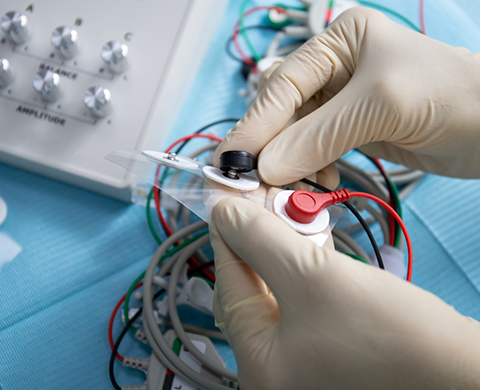
TENS stands for “Transcutaneous Electrical Nerve Stimulation.” This device allows us to send low-voltage electrical currents to the facial nerves to block or alter any pain you may be feeling due to TMJD. It’s completely safe, simple, and is an excellent medical-grade alternative to drugs, especially for those with chronic and severe orofacial pain. Patches are placed over the facial nerves involved in the muscle contraction and relaxation processes to deliver signals that improve blood flow. This method of TMJ treatment can be provided in-office, or patients can purchase a TENS unit for at-home treatment between office visits.
T-Scan Occlusal Analysis
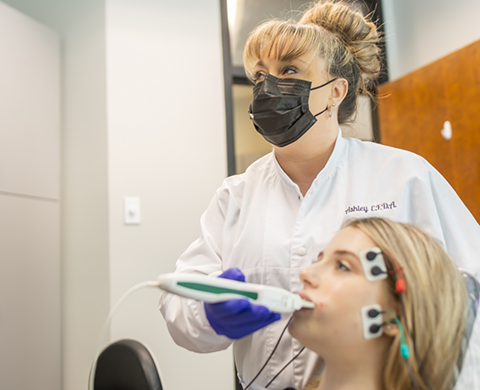
Your bite can become unbalanced due to a variety of changes, whether it’s a new dental filling or crown that doesn’t fit perfectly within your mouth, or tooth loss has altered the alignment of your remaining teeth. Our T-Scan NOVUS system allows us to determine the force, timing, and balance of your bite to allow us to pinpoint the precise issue that’s leading to your imbalance. It allows us to treat the issue with greater confidence and less alteration to your natural teeth.
About Us Meet Dr. Sutter Tour Our Office Smile Gallery View Our Services
